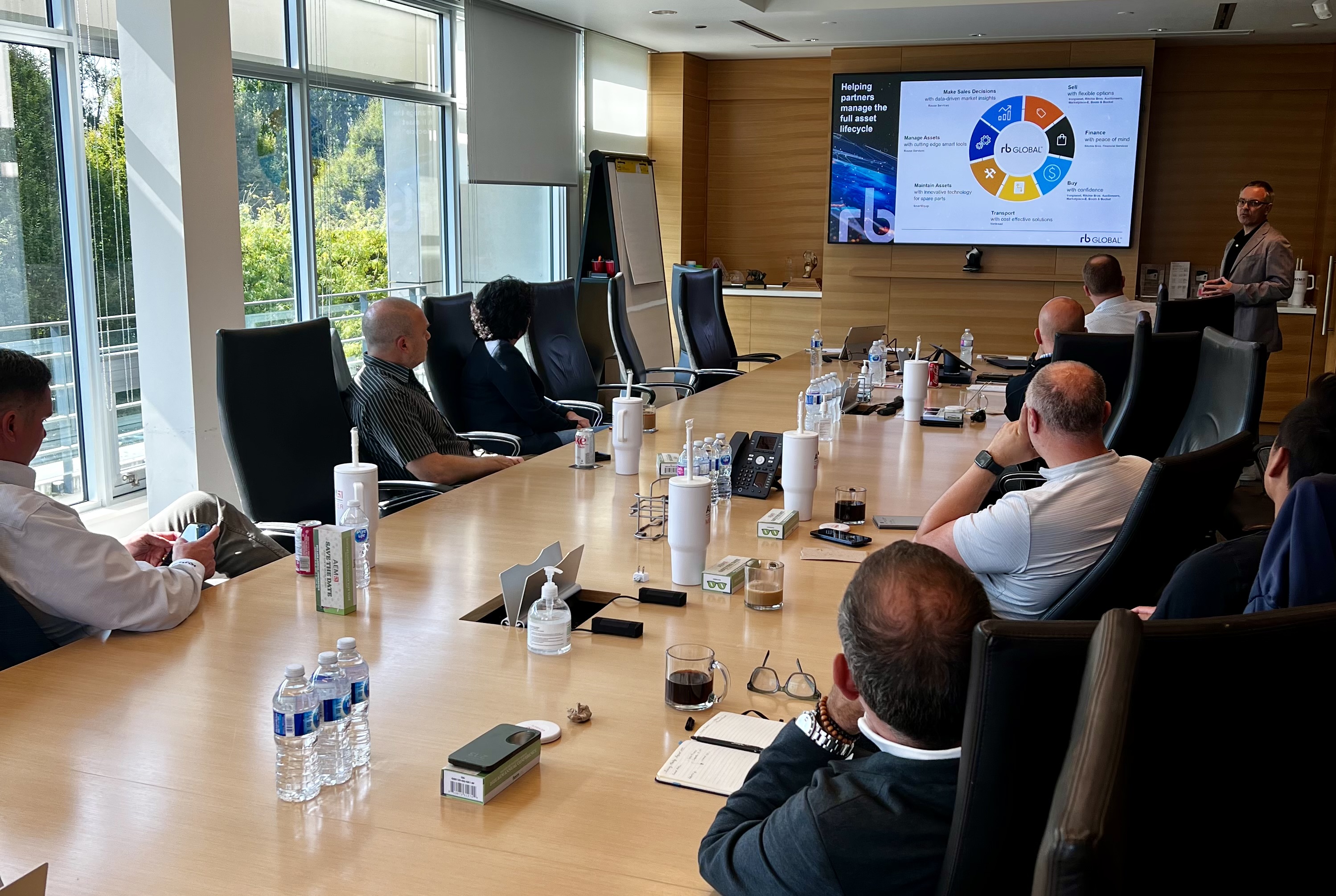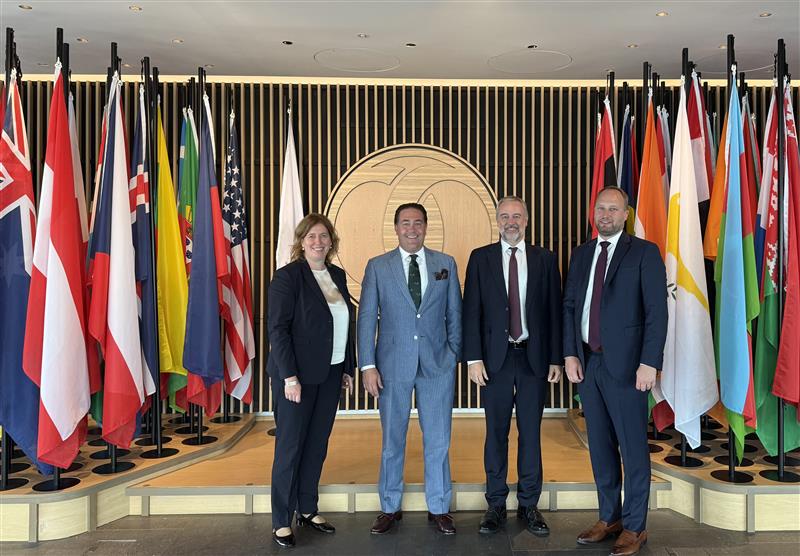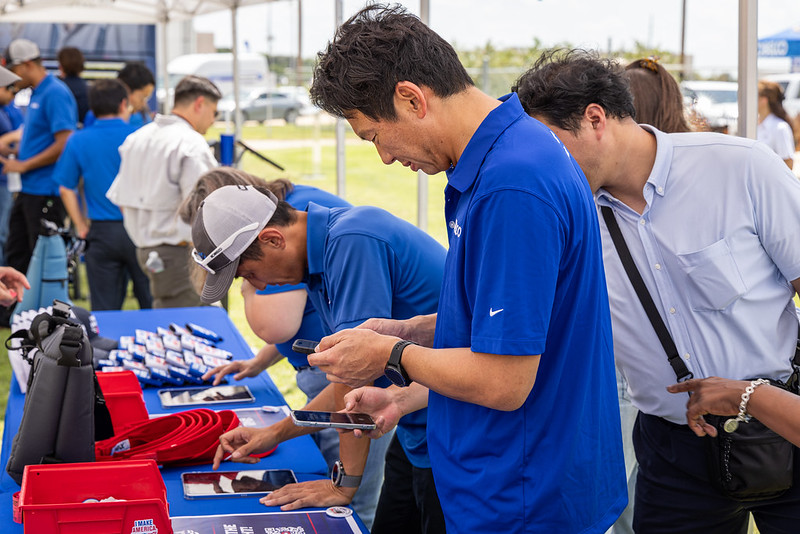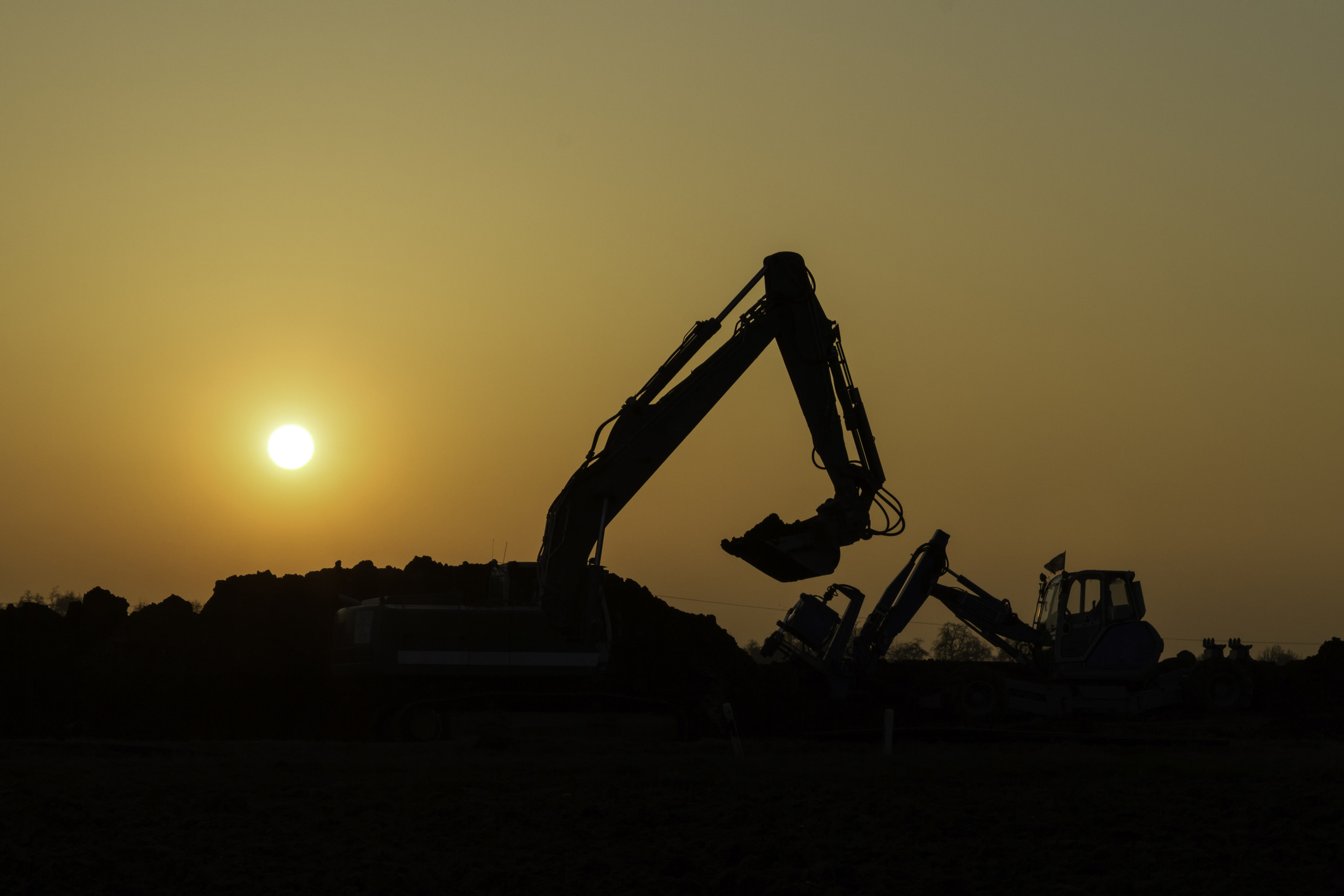Across the Northeast, most state governments are gearing up for a new legislative session calendar, offering up opportunities to install impactful policies for equipment manufacturers. As economies and political arenas may vary, there are some common themes worth exploring:
- Workforce: Policies outlining apprenticeships, careers in technical education (CTE), and grants driven by the Workforce Innovation Opportunity Act (WIOA);
- Capital-Investment: Incentives including equipment grants, refundable wage credits, and tax credits for clean-energy manufacturers; and
- Regulation and Permitting: Deliberations on environmental and infrastructure priorities.
Below is a brief overview of each state’s relevant activities:
Operating on a biennial budget, Maine is focused on financing programs for farm equipment and state-administered incentives through entities like the Maine Technology Institute (MTI) among others. AEM’s Advocacy Team is following discussions on proposed fees and product-specific regulatory changes like Polyfluoroalkyl Substance (PFAS) policies post-ban. Forthcoming legislation will be monitored for anticipated equipment-related appropriations and repair measures that could affect local suppliers and dealers.
The recent 2024–28 workforce plan (mandated by WIOA) and the state’s economic development incentive programs (EDIP) remain central to helping manufacturers recruit and upskill technicians, however workforce availability and energy costs are hindering meaningful progress. Blanketed environmental rulemaking is affecting permitting timelines for heavy-equipment installers and outdoor operations. Monitoring workforce grants and EDIP eligibility as changes are discussed will be of central importance.
Recently enacted policies prioritized economic and workforce development (S.122/Act 65) and supported incentives like the Vermont Employment Growth Incentive (VEGI), direct equipment purchase funding, and grants for farm modernization and water infrastructure. While balancing new business resources with regulation and costs remain key, manufacturers that sell to farms should track VEGI eligibility and capital grants.
Local-aid and business tax credits were center stage this year. AEM’s Advocacy Team is focused on expanded workforce funding, targeted tax-credit programs, and ongoing incentive language that can influence site-selection and workforce pipeline development. Municipal procurement and local permitting reforms being discussed by the municipal associations are impacting installers and on-site equipment businesses and should continue to provide insight on opportunities.
Boosting direct manufacturing supports like the Manufacturing Equipment Grant Program reimbursing up to 50% of equipment purchase or down payment was the focus. There were also some adjustments to taxes and fuel fees aimed at lowering the near-term capital cost of buying machinery and encouraging tech upgrades in small- and mid-sized shops. AEM’s Advocacy Team will continue engaging on program details and scoring criteria for equipment grants.
Site readiness, broadband, and targeted capital financing being provided by the Council on Development Finance is through loans and grants. These loans and grants can also be leveraged for factory modernization. The new administration has touted less reliance on traditional grants and revamping existing policies. AEM’s Advocacy Team will be monitoring any changes to incentive structures and forthcoming bond/capital projects legislation.
Recent policies expanded business incentives, jobs retention and training credits, resiliency programming, and clean-energy procurement preferences, while modernizing manufacturing support for sectors like semiconductor and advanced-manufacturing. State-level clean energy and solar program funding changes are affecting supply chains for equipment makers in the state by redistributing incentives. This creates the need to review tax-credit policy as it is implemented with a focus on manufacturing wage/training credits.
Benefitting from a proposed increase in funding for vocational education, apprenticeships, and advanced-manufacturing workforce grants; equipment manufacturers could also see scaled tech training. Workforce pipeline investments that improve access to skilled operators/technicians and job retention credits for site expansions are being prioritized in the budget proposal also. The budget process currently lies with the General Assembly awaiting votes for final passage.
New Jersey
Last month the Governor signed a significant manufacturing tax-credit package: $500 million to expand tax credits for manufacturers who locate or grow their business in the state. From that, $200 million is being dedicated over the next two years for clean-energy product manufacturers (solar, geothermal, green hydrogen).
Maryland
The enacted budget maintained refundable manufacturing wage credits like the More Jobs for Marylanders program, and Innovation Tax Credits while reviewing manufacturing tax-break expansions. AEM’s Advocacy Team will keep an eye on statutory eligibility changes for wage-based credits, the state’s R&D and innovation investments, and debates about the net benefit of additional manufacturing tax breaks that could shift in the 2026 session.
A key takeaway is that states are increasingly coupling direct equipment grants and tax credits with workforce funds to increase effectiveness of capital investments. This creates the need to engage state economic-development agencies, follow budget and bond bills closely to monitor fund availability, and prioritize participation in both equipment-purchase grants and workforce partnerships.
To learn more abouts state level issues or to get involved in AEM’s advocacy efforts, please reach out to the AEM Advocacy Team at advocacy@aem.org.





